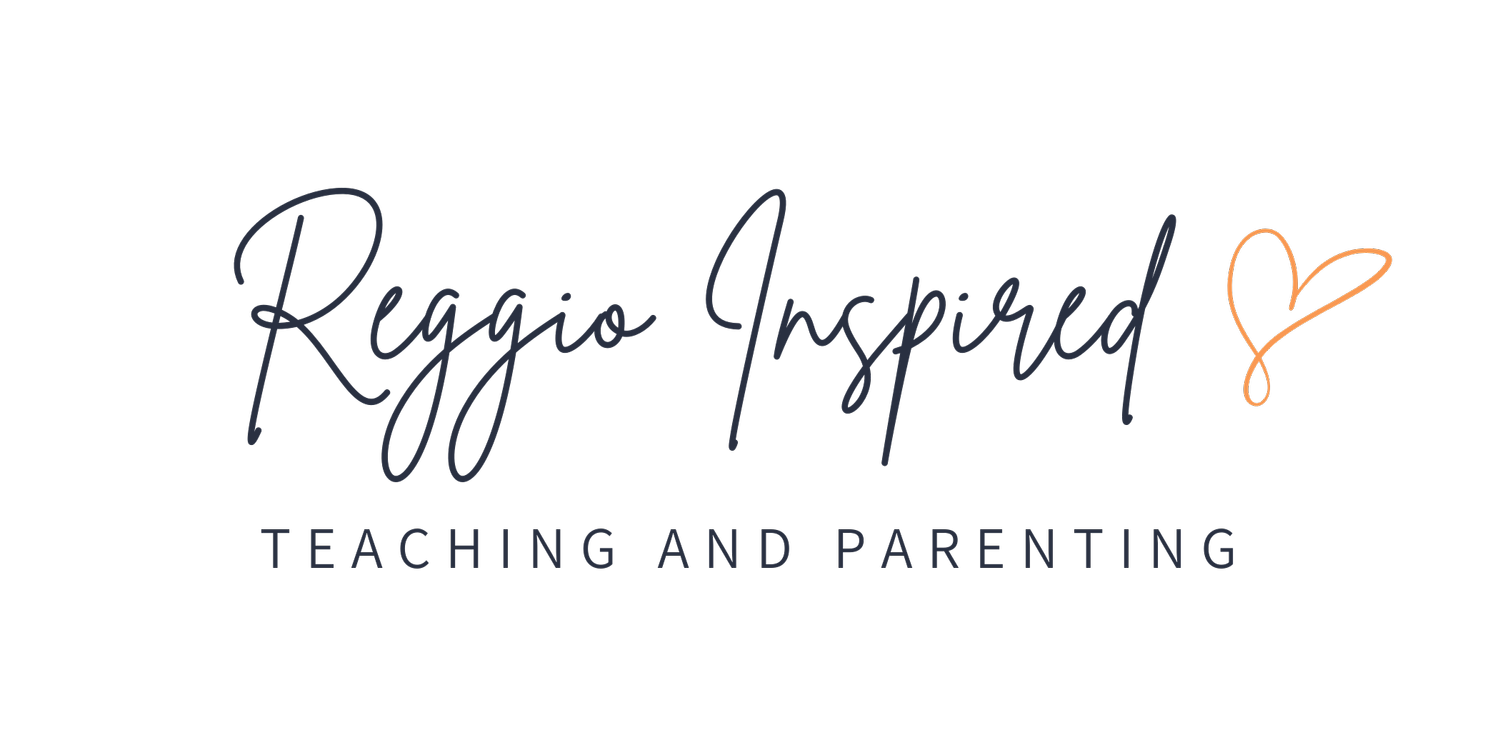How to Write a Learning Story
Learning Stories are just that, stories of a moment in time with a child. They are written in the teacher’s voice directly to the child. They are always positive and include insights and knowledge of the teacher writing them. After LS are written, they are given to the child and his or her family. Parents are asked to respond to the story and their response is included in the final LS that is given to the child and usually displayed in the classroom or the school. Through LS, teachers develop the capability to respect diversity in children, families, and colleagues. Teachers’ skills and willingness to work with parents grows and they (parents and teachers) become partners in the education of the children. Our experience is that when you create LS, barriers between teachers and parents come down, and positive relationships are built.
Here’s a step by step guide to write your own learning story:
Step 1 - Write about the observation
Write about an observation that was noticeable, important, prominent, unusual, unexpected, or divergent. Write directly to the child, like you are writing them a letter. Write about the details of what they said, use quotes of the child and the teacher. You can include how you felt and how you thought the child felt. This part is based on objective observations and can still be subjective. Remember that all LS are positive; avoid adding anything that is negative. You are writing about how a child behaves and learns. When observing, take the child’s perspective and look at the experience of the child. In our experience, teachers usually write about something they couldn’t stop thinking about, something that touched their heart, or even something that drove them crazy. You can begin with a series of pictures and anecdotal notes on observations of what took place when the pictures were taken. Pictures are always included in LS.
Step 2 - Why was this important?
What does it mean? This is the part of a LS where you get to use your education and experience to tell the child, parents, and other educators why it is important and what the learning is that is taking place. You might use books about child development, professional articles that you have read, learning standards, etc. This will help support you in writing this section.
Step 3 - What next?
Opportunities and Possibilities – This is where you plan for future experiences for the child/children you work with each day. This is your vision of how to teach the children in the future. It is your planning process. It is reflecting on what the children know and what they want to learn more about. It is also about adding knowledge and skills that are not currently present and providing scaffolding to acquire that knowledge and those skills.
Step 4 - Add a title
After you write the LS, create a title. Our experience is that this is very easy because the LS is already written. Also, sign the LS with your name, you are the author.
Step 5 - Parent Reflection
Leave space for parents to respond to the LS. You might send it to them in an email or give them a copy and request that they write a response. We have seen other teachers add to the LS, as well as other relatives (grandparents, aunts, uncles, and siblings).
Step 6 - Share with child/family
Give a copy of the LS to the child/children that you wrote to and make sure they have access to it for as long as they like. It might be put in a portfolio or displayed in the classroom.
Writing a LS should be fun and enjoyable!
About the Author: Priscilla Patti
Priscilla Patti is the owner of Reggio-Inspired Teaching & Parenting. She is a leader, lifelong learner, and believes in the potential of others. She has a loving connection to nature and loves children unconditionally. She is curiosity, wonder, and JOY in Early Childhood Education!

